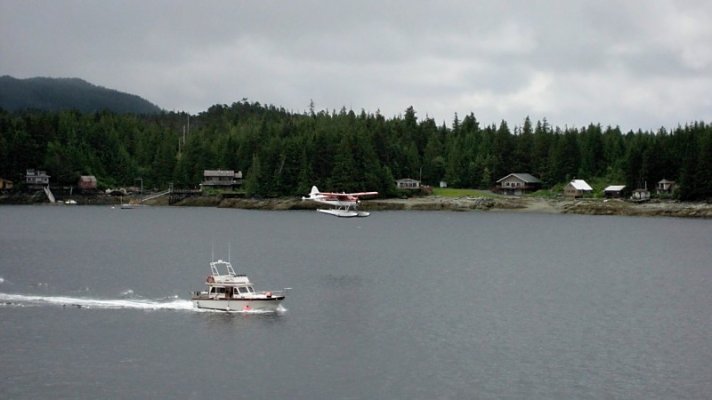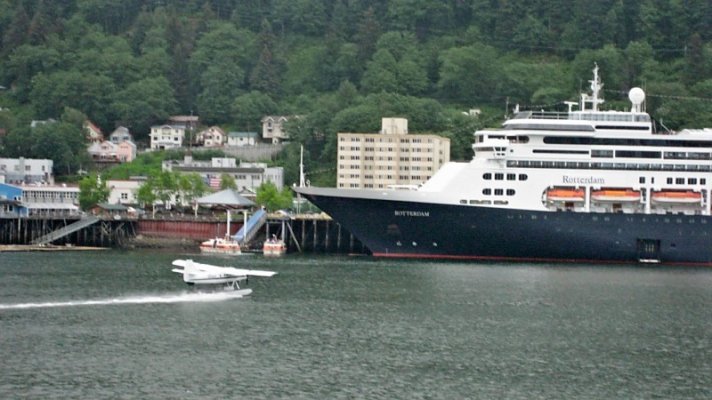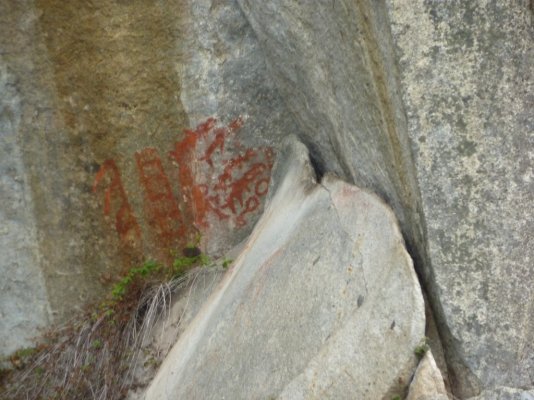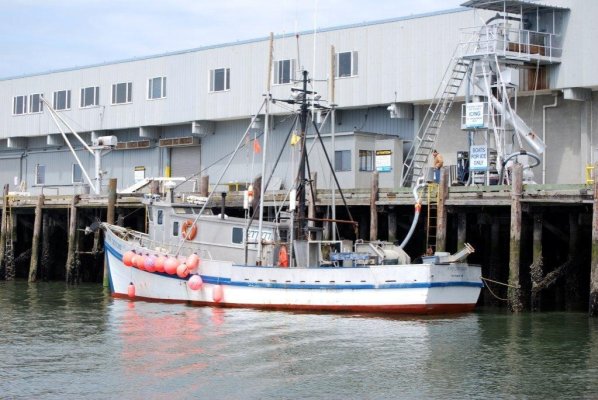Yes, there are restrictions. You cannot land on a body of water that is closed to seaplanes. Which is a lot of them.
When a seaplane is on the water it is subject to the same regulations as a boat. So things like give-way and stand-on vessel rules all apply. These days the distance from vessels courtesy of*Homeland Security apply when landing, taking off, or taxiing.
But in terms of deciding exactly where to touch down and in what direction, that is totally up to the pilot with a very few exceptions. In Anchorage, AK, the Hood Lake seaplane base is under the control of a dedicated control tower. There are specific landing lanes on the lake (actually it's two connected lakes)*and you treat the lake as a wheelplane pilot treats a controlled airport.
In Juneau there is a seaplane pond or ditch running parallel to the airport*runway, and it is under the control of the same tower that controls the airport. This pond is to allow floatplanes with straight floats (as opposed to amphibious floats) to use the airport to pick up or drop off passengers. We go in there to refuel-- a truck drives over from the terminal.
In Vancouver, BC there is a control tower on top of one of the downtown highrises that controls the seaplane movements in the harbor in front of the city. Also, the control tower at YVR controls the seaplane activity on the Fraser River adjacent to the airport.
But for the most part seaplane pilots are on their own when determining where they want to land and takeoff. For example at Ketchikan I contact the airport tower when at the initial reporting points east or west of the city (Ketchikan's harbor actually lies east-west, not north-south) and tell them my intentions (to land in the harbor). They give me traffic advisories and wind*but they do not really "clear me to land." As I approach the harbor it's up to me to look at the boat traffic and wakes, other seaplane traffic, and determine where I am going to actually touch down.
Seaplane flying is one of the last truly independent forms of flying. If I screw up I flip the plane and it's nobody's fault but mine. If I taxi out to takeoff at Prince Rupert, for example, it's totally up to me to figure out if there are any logs floating in my proposed takeoff lane. Nobody's going to point them out to me, and if I hit one it's my fault I sank the plane.
Factors I take into account when determining where I'm going to land and my actual touchdown point are the wind direction, current direction (if I'm landing on a river), wave conditions, boat traffic, boat wakes (which hang around long after the boat is gone) and where I'm actually going on shore. Which dock or which patch of beach and how will I approach them. And like boating it's critical to figure out beforehand how you're going to depart a dock or a beach because that will partly or largely*determine how you're going to get onto it.
Unless one is flying a turbine, a floatplane has no brakes and no reverse. And if one is flying a single-engine seaplane you have steering on the water that can very easily be overcome by the wind. These are all factors you have to keep in mind at all times on the water as you figure out how to get onto or off a dock or beach.
You can't always land or takeoff into the wind, so you need to know crosswind techniques which are similar in principle but different in execution to crosswind techniques in a landplane. If the water is rough--- and it doesn't take very much to make water too rough for a floatplane-- there are techniques for landing and taking off that hopefully will not damage the plane (no shock absorbers on a floatplane-- rough water is like hitting concrete as far as the airframe is concerned). Glassy water can be extremely dangerous to land on for a couple of reasons, and there are techniques to deal with this.
There are rarely any windsocks or tower guys to tell you which way the wind is blowing. So you learn to determine the exact wind direction from looking down at the ripples on the water, the trees on shore, sailboat sails (if there are any around). Gusts can pick you up just as you're about to touch down so you learn to recognize them by how they appear on the water and you also*learn that the actual wind is out ahead of its evidence on the water so you have to anticipate it accordingly.* On a river you have to determine which is stronger, the wind or the current, and choose your landing direction based on your observations.
I have used birds on a few occasions to help me determine the wind direction when I was having a tough time figuring it out from looking at the water itself. I learned, for example, that Caspian terns almost always turn into the wind before starting their vertical plunge down to the water to get a fish. That helped us out at a lake deep in the Coast Range in BC once. And landing geese have been a handy guide on a few occasions although birds are very good at crosswind landings so can fool you if you aren't looking for other clues at the same time.
I got all my ratings--- Private, Commercial, Instrument, and Flight Instructor--- in landplanes in Hawaii. It was my first vacation trip to Alaska in 1973 that got me intrigued by floatplanes, but there weren't any in Hawaii at that time so I had to wait until I moved to Seattle to get my seaplane rating. Afer I got my Single Engine Sea rating in 1980 or thereabouts I flew both floatplanes and landplanes for a short time--- 172s and 180s on floats and a Turbo 206 on wheels. But after a few months of this I found the landplane flying to be totally boring, and once I started flying the Beaver on floats I lost what remaining interest I had in landlplanes and have never flown one since.
-- Edited by Marin on Tuesday 11th of October 2011 09:36:41 PM




















